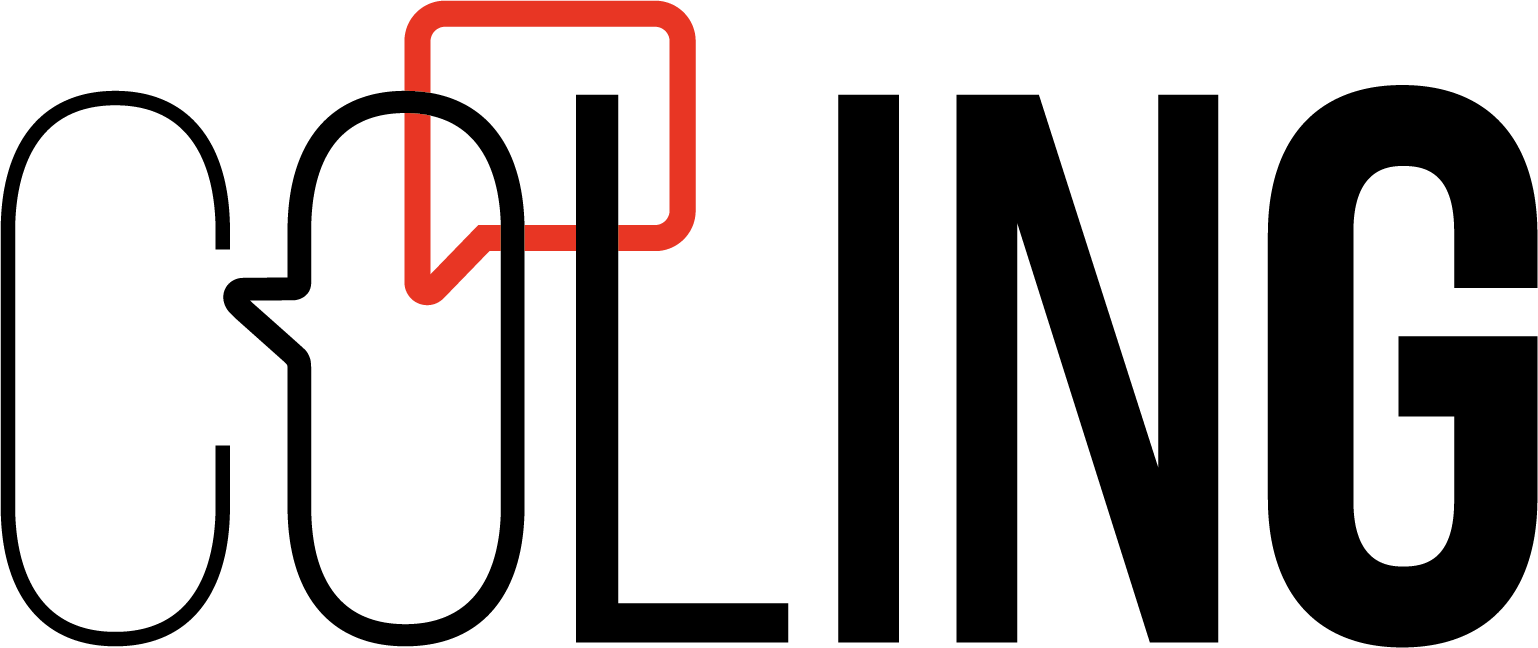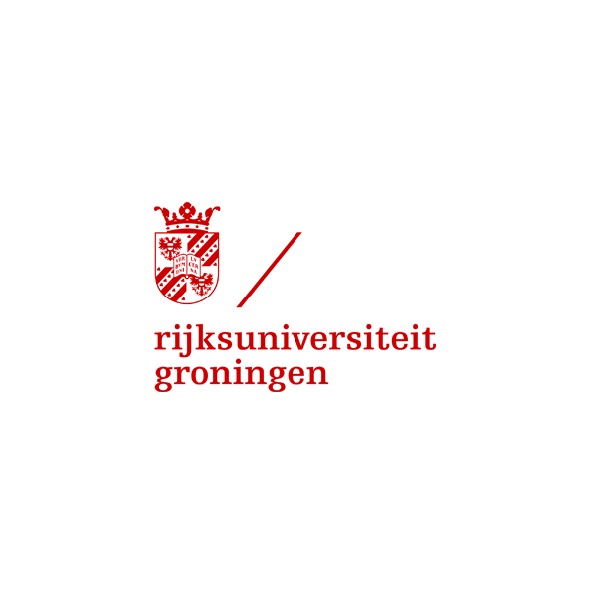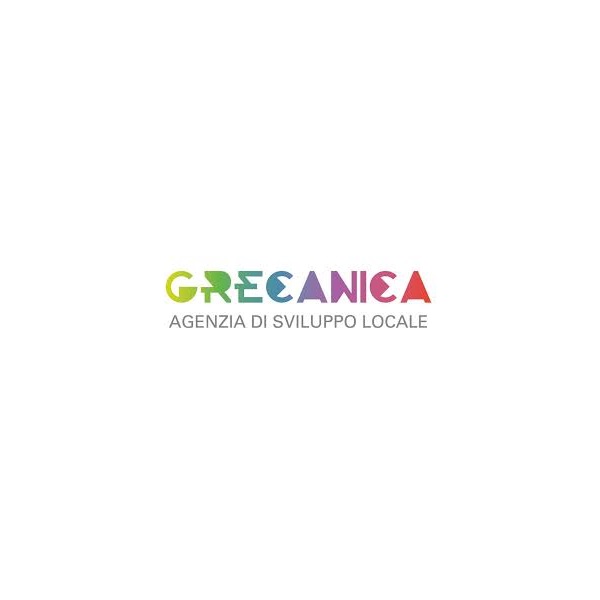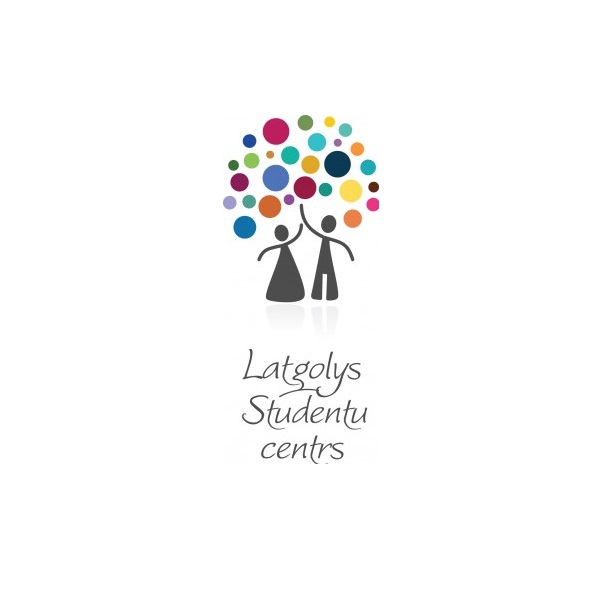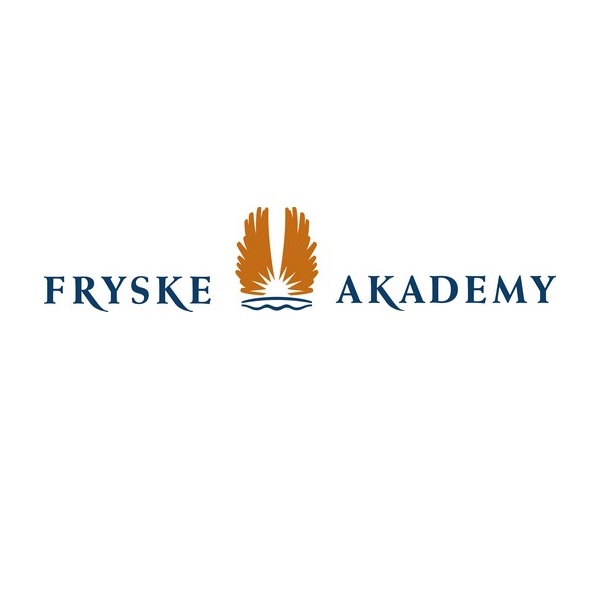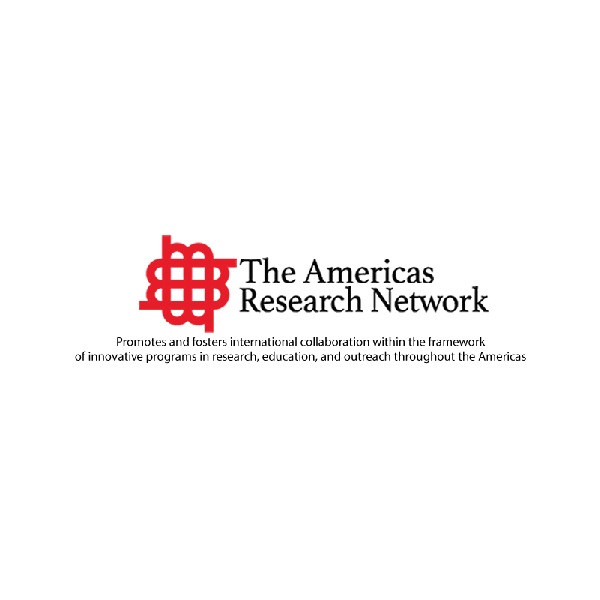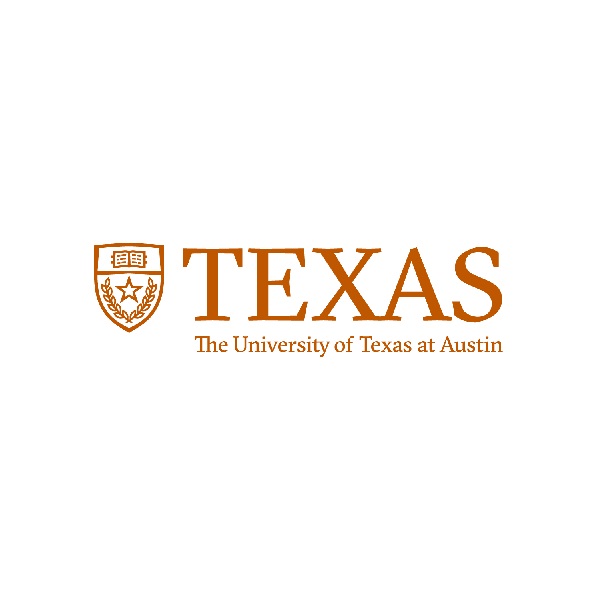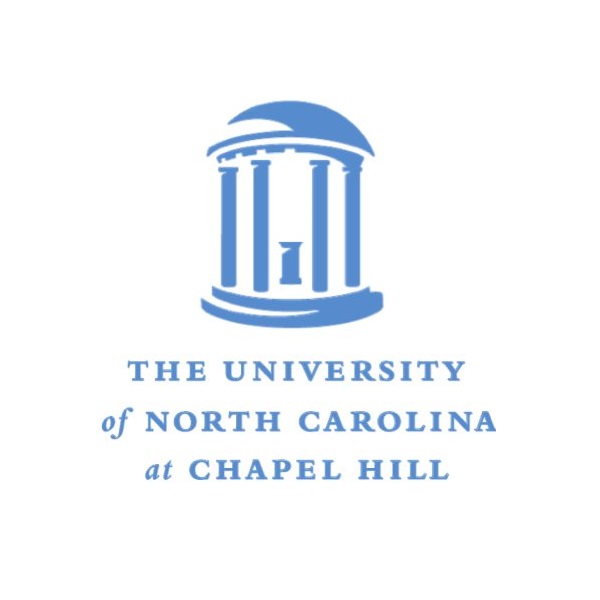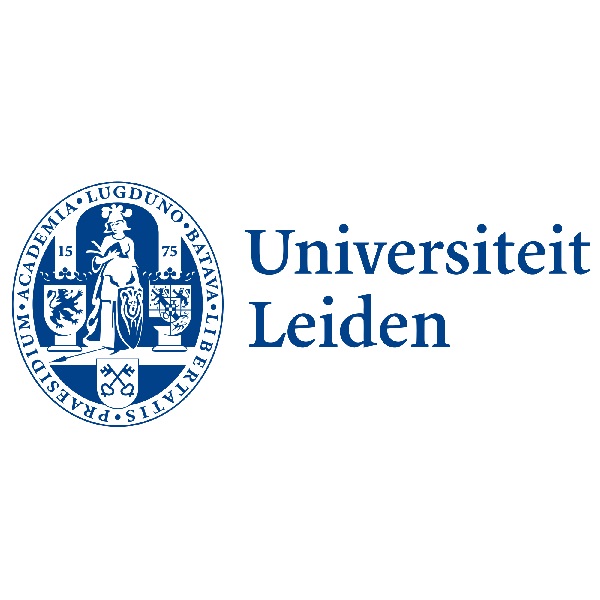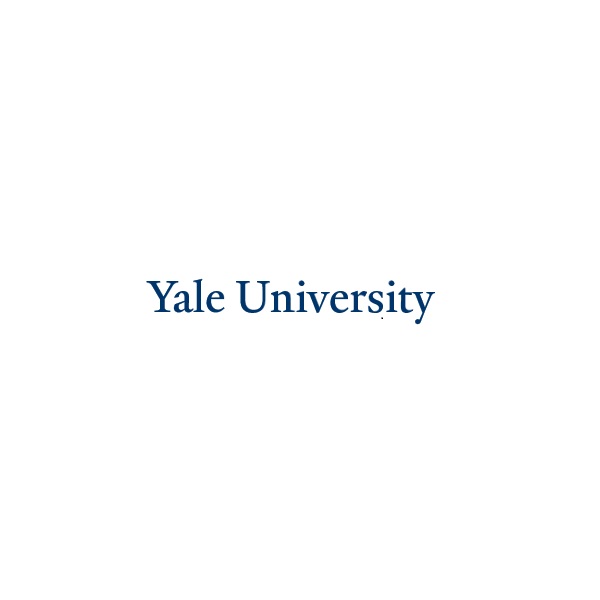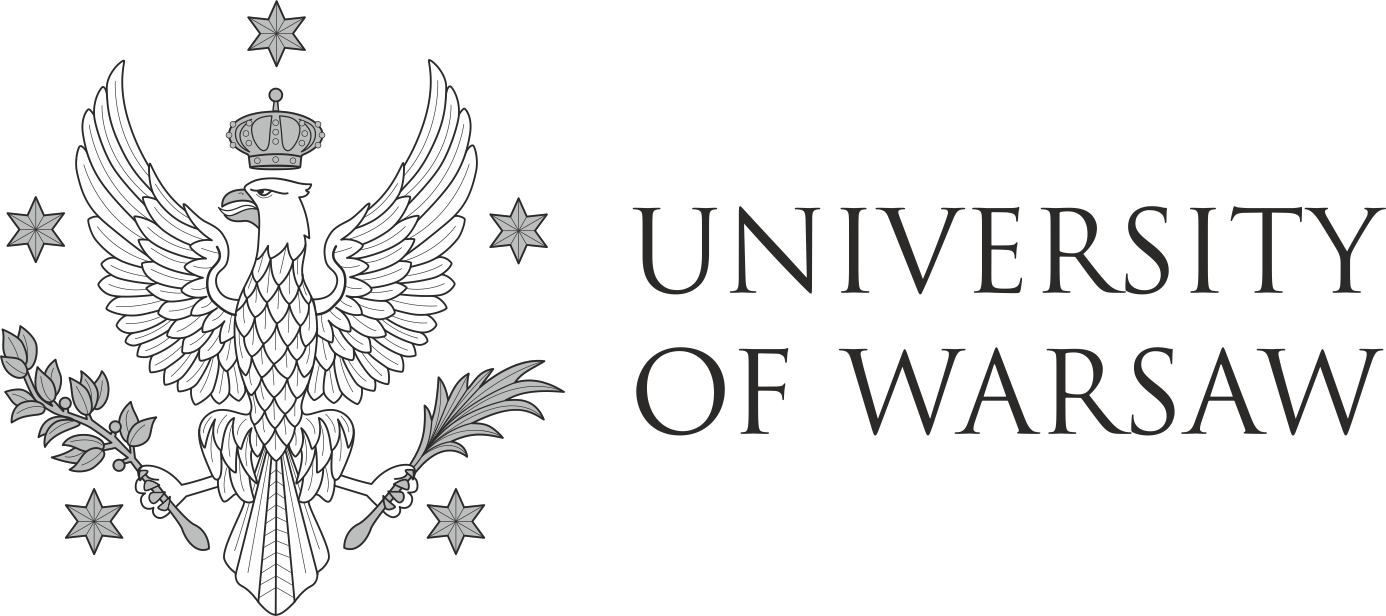Emilienne Ireland
is a Research Fellow in anthropology at the Smithsonian Institution’s National Museum of Natural History, and director of the Wauja Language Documentation Project at the Americas Research Network (arenet.org). She holds a B.A. in Anthropology from Columbia University, and an M. Phil in Anthropology from Yale University. In 1981-83, she lived for several years among the Wauja of Central Brazil. The Wauja spoke
almost no Portuguese in those days, so learning their Indigenous Arawakan language was the only option. In recent years, she has returned about every year. She sees language sustainability and revitalization as encompassing all cultural assets, not only language. Knowledge derived from photos of ancestors, from silent videos of elders demonstrating traditional skills, from recordings of sacred flute melodies – all these contribute to language sustainability. Because the Wauja have suffered horrific population losses from epidemics of introduced diseases, the survivors and descendants wanted to learn about the parents, grandparents and other kin they had lost. As a result, Emi has assisted the community in digital repatriation of historic images, by
locating and obtaining digital copies of all known images of Wauja ancestors, and then working with elders to identify the individuals in the photographs and videos. She launched a Wauja-English Wiktionary site, and then helped the community to launch a Wauja-Portuguese site, providing training workshops for Wauja high school
students through funding from the Foundation for Endangered Languages (FEL). This open-source online lexicon is an ongoing project. In 2016 and 2017, thanks to funding from the Smithsonian Institution Recovering Voices Program and the Americas Research Network, Wauja elders and young scholars visited the Smithsonian to exhaustively document a large collection made of their material culture a generation ago. Over a period of six weeks, they produced over 350 short videos in their own Indigenous language, describing each of these objects in detail. In 2020, Emi plans to produce a second set of such videos, completing the work that the teams of male researchers did in 2016-17, by drawing on the complementary expertise of Wauja women, both elders and young scholars. These short videos on traditional material culture, which often showcase objects no longer made and of great interest to adults and schoolchildren alike, are perfect modules for Indigenous language curriculum materials. With funding from the Americas Research Network, in 2018 Emi provided training to local project coordinators and high school students in three Wauja villages, focusing on approaches to transcribing the oral video presentations to written Wauja text, and to translating the written Wauja into
Portuguese. In 2019, three Wauja schoolteachers visited a neighboring Indigenous group to participate in a week-long linguistics workshop on orthography and translation issues. Emi has served as anthropological consultant for several BBC Films, including The Storyteller, which was featured at the Native American Film Festival, and was the topic of an undergraduate thesis by one of the first Wauja to receive a university degree
(which was in anthropology).
Links:
– The main Wauja village, called Piyulaga, in Google Earth:
https://www.google.com/maps/@-12.248768,-53.58242,446m/data=!3m1!1e3?hl=en
– Smithsonian blog describing the Wauja researchers’ visit to Washington, DC:
https://nmnh.typepad.com/recoveringvoices/2016/11/welcoming-thewauja.html
– Clip from BBC film Brazil with Michael Palin:
– 2012 Project to repatriate historic images:
